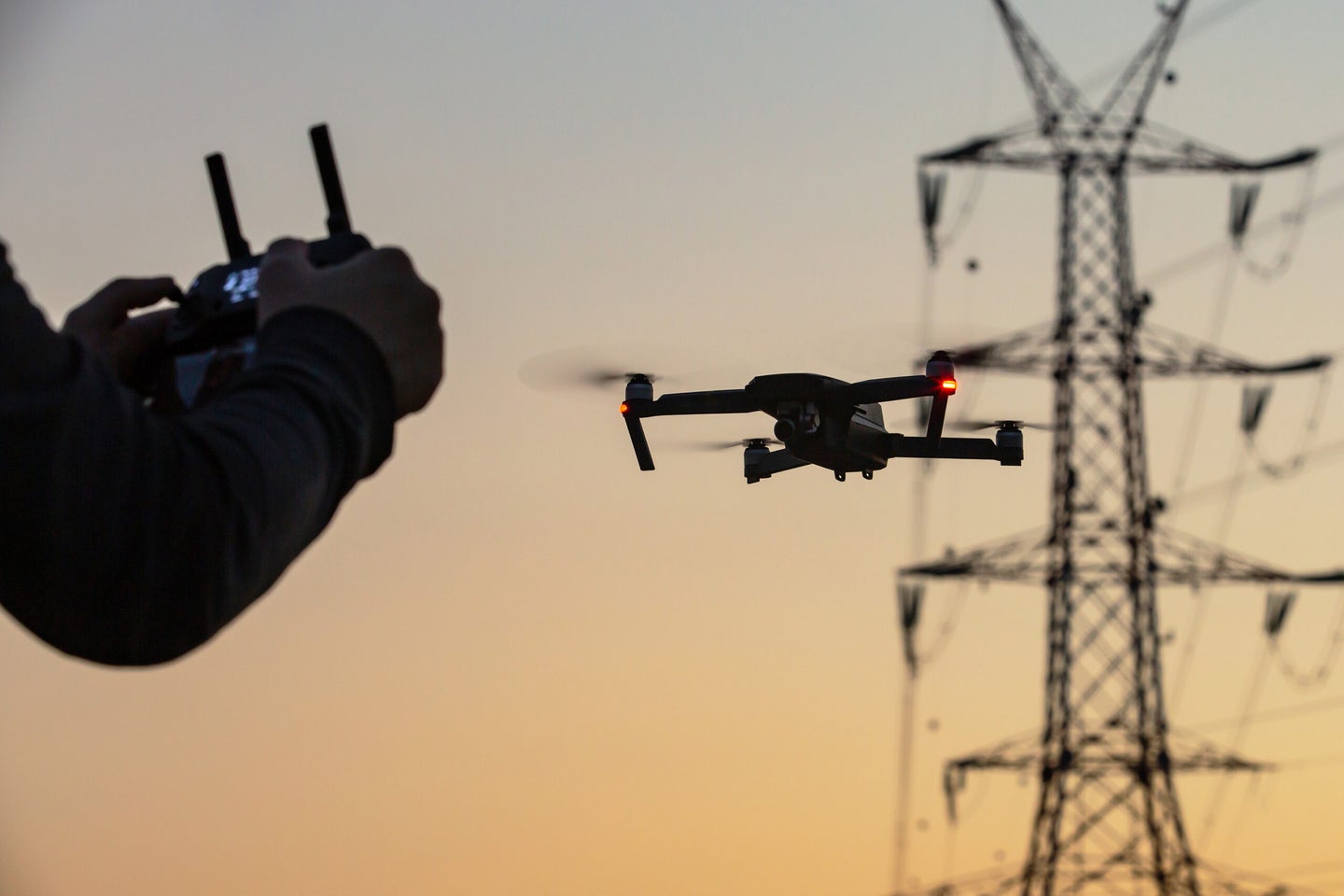
This week, the United States Court of Appeals for the District of Columbia ruled to uphold the Federal Aviation Administration’s (FAA) Remote Identification of Unmanned Aircraft or drone Remote ID rule.
This is the rule that requires all drones heavier than 250g (0.55 lbs) or those flown for non-recreational purposes to broadcast a publicly viewable “digital license plate” that includes identifying information about the drone and its location. Unless this ruling is overturned on appeal, drone pilots in the US will be required to comply starting September 16, 2023.
While the ruling impacts a wide range of models, lightweight drones, including the DJI Mini SE and Mini 3 Pro, are exempt.
The original complaint
Related: DJI Mini 3 Pro review – our new favorite travel drone
Tyler Brennan, the owner of drone retailer RaceDayQuads, took the case against the FAA last year arguing that the Remote ID rule violated the United States Constitution’s Fourth Amendment, which protects people from unreasonable search and seizures. Brennan argued that requiring drones to broadcast their identifying information and location allowed for “constant, warrantless governmental surveillance.”
Brennan also claimed that the FAA had made procedural mistakes and had failed to adequately respond to the more than 53,000 public comments it received in response to the rule.
Drone Rmote ID upheld
Judge Cornelia Pillard rejected Brennan’s claims in general, declaring that while drones are “fun and useful,” they can also “pry, spy, crash, and drop things, [which] poses real risks. Free-for-all drone use threatens air traffic, people and things on the ground, and even national security.”
Judge Pillard specifically rejected Brennan’s fourth amendment claim, stating that “it is hard to see what could be private about flying a drone in the open air,” and that “activities that require privacy are not typically conducted aloft.” As such, requiring a drone to broadcast “its location and that of its operator while the drone is aloft in the open air violates no reasonable expectation of privacy.”
Similarly, Judge Pillard said that the FAA had adequately responded to the public comments.
If you’re a drone pilot, the full ruling is worth reading as it lays out the risks of free-for-all drone use, at least as a branch of the US government sees it.
What happens now?
Related: Fly through Tesla’s new factory with this epic FPV drone video
While Brennan can appeal Judge Pillard’s ruling, two drone law experts interviewed by DPReview—Kenji Sughara, the head of the Drone Service Provider’s Alliance, and Ryan LaTourette, Director of Regulatory Affairs for Great Lakes Drone Company—both agreed that an appeal is unlikely to succeed. Sughara even stated that many in the drone industry felt even the initial lawsuit was “grasping at straws.”
With the legal precedent now set, it seems likely that Remote ID requirements will come into effect as planned on September 16, 2023. The FAA has a web page dedicated to explaining which drone pilots must comply and how they can do it, but it basically amounts to most serious recreational drone users and all professional drone users.
To comply, drone pilots will either need to fly drones that are capable of broadcasting drone Remote ID information—which is likely to be many popular models, including those from DJI—or purchase an add-on module that adds the necessary capabilities.
The post Your drone may soon need a ‘digital license plate’ to legally fly appeared first on Popular Photography.